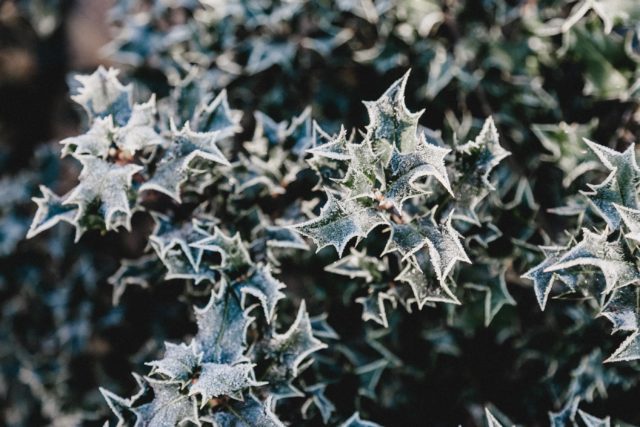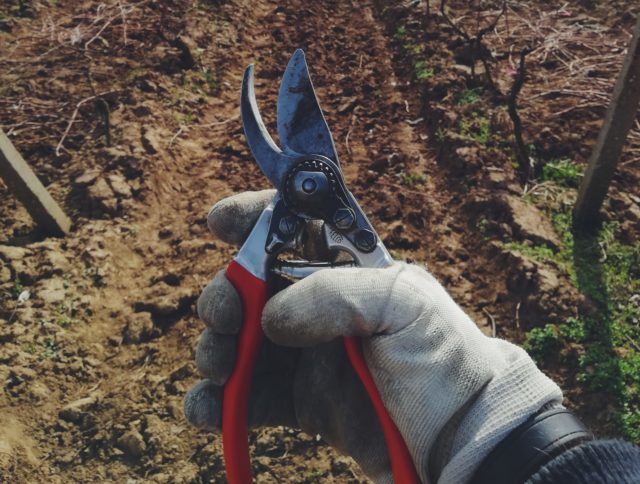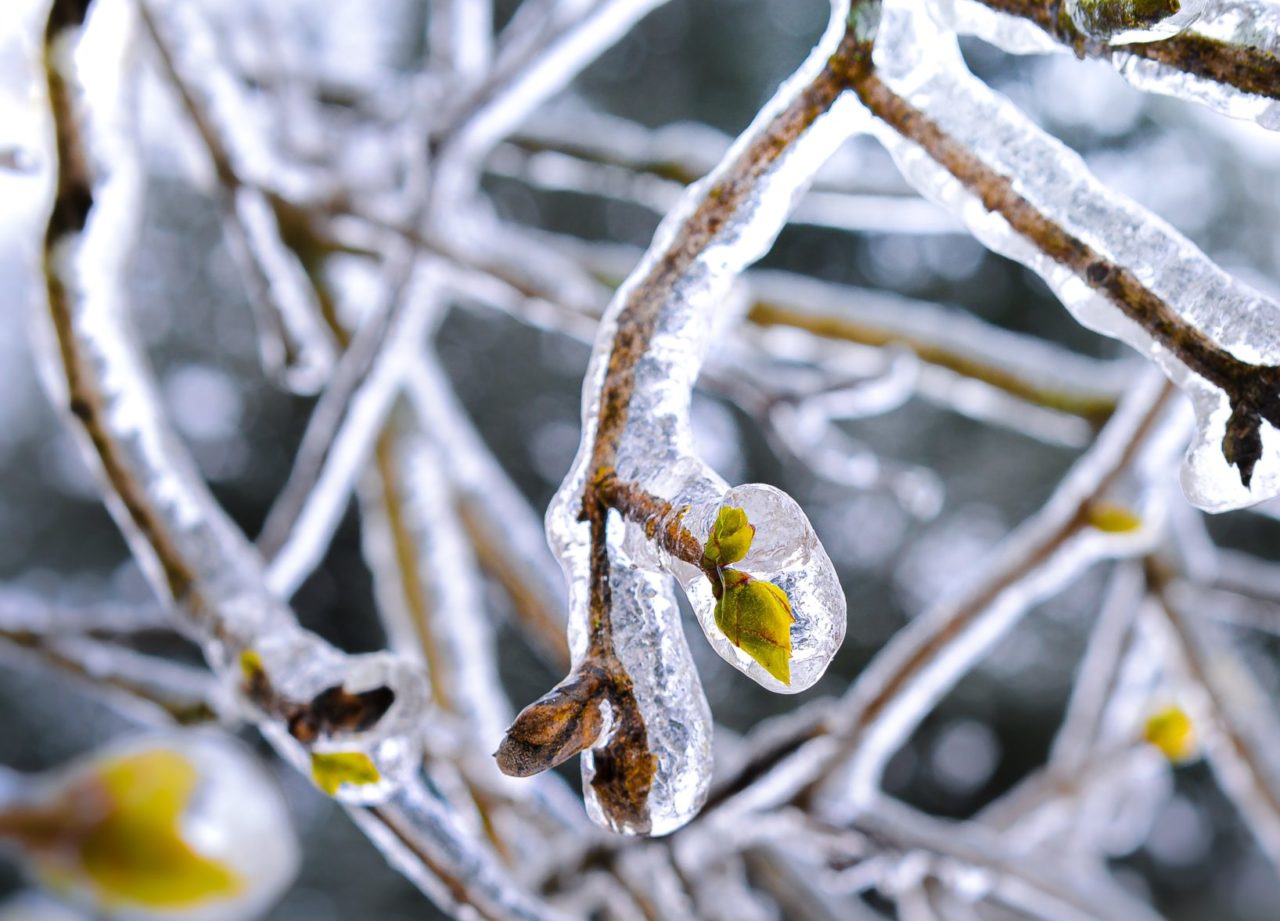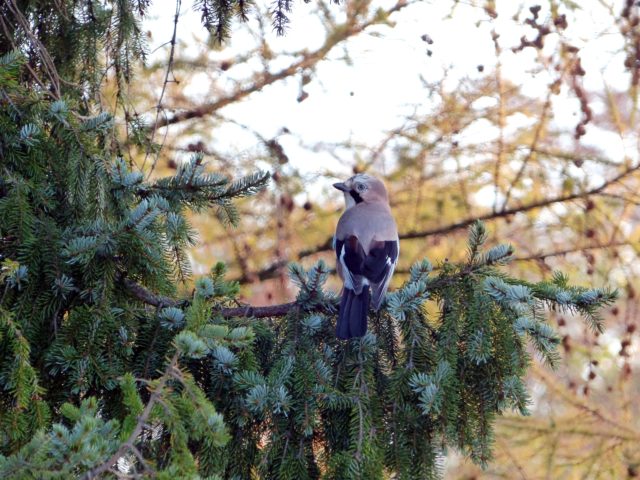This February, many of us are cocooned at home in the wake of snow and ice storms. We are drawn to activities that nurture the land and our families. But outdoor projects in are limited and garden care isn’t at the top of most people’s minds. Aside from the annual delight of daydreaming about––and strategizing for––next summer’s Eden, what landscaping can you even do with the yard under layers of snow and ice? Good news: February, when many of us have a bit of extra time on our hands, is ideal for pruning your trees and shrubs!
WHY PRUNE IN WINTER?
The main reason to prune in winter––aside from the fact that many of us have a bit of free time on our hands––is that trees and shrubs are dormant this time of year. There are many benefits of pruning plants during their rest cycle.
- Less stress
Dormant plants heal quicker and don’t waste energy trying to generate new growth, as they do in warmer months. - Safer & healthier
Plants are vulnerable after pruning, and diseases are less likely to spread in the cold. - Avoids storm damage
Trees and bushes are at risk of damage when they are weighed down by heavy snow and ice. By removing weak or compromised limbs, the likelihood of a branch snapping during a storm––and potentially injuring other parts of the tree––decreases. - Ready for spring
Spring hails in the season of the mile-long yard-work to-do list. While we love the excitement of April, it’s always nice to have one less thing
WHAT TO PRUNE IN WINTER?
Winter is a great time to snip back shrubs, but don’t start lopping at everything with branches.
PRUNE: Evergreens, pine-y shrubs and holly——basically, all the plants you “deck the halls” with——are a good place to start.

HOW TO SAFELY PRUNE
1) Pick the right tools
Go for quality; this isn’t the place to cut corners. We’re not suggesting diamond-studded snippers, but investing in a solid pair of pruners now will save you a lot of headaches, both literal and metaphorical. We use Felcos. You can also ask your local hardware store for recommendations.

2) Maintain your tools
It’s essential to keep your gear in good shape!
Keep ‘em sharp! A dull tool increases your risk of an accident, and a blunt blade can harm branches. Would you want a surgeon to use a dull scalpel for your surgery? We didn’t think so.
Keep ‘em clean! Many people don't realize that diseases can be transferred from one plant to another if your pruner isn’t cleaned regularly and properly. It is especially important to clean them between plants (to avoid spreading diseases), and before storing them at the end of the day (to prevent rusting and deterioration).
3) Do your research
Every species has different needs that must be considered before attempting a trim. Make sure you know what plant you’re dealing with, as well as its pruning preferences before you pick up your snips. You don’t have to be an expert, but a little Googling can save you from some big-deal botanical botches!
HIRE THE PROS! Whether you prefer to stay inside sipping cocoa, or just need some support getting started, our team of professionals at Nature Works Land Care is here for you. We can set you on the right path, or cross “pruning” off your to-do list permanently!




